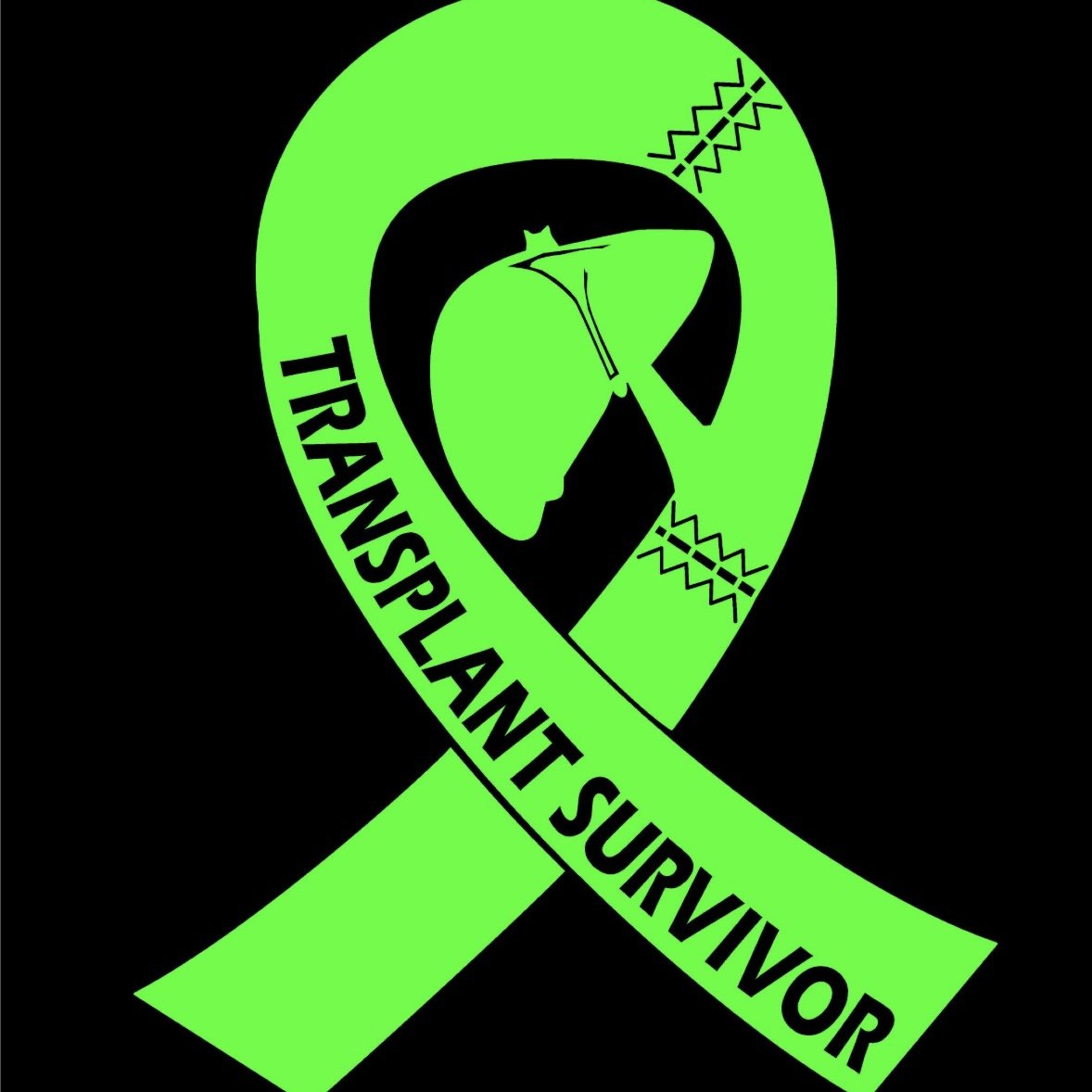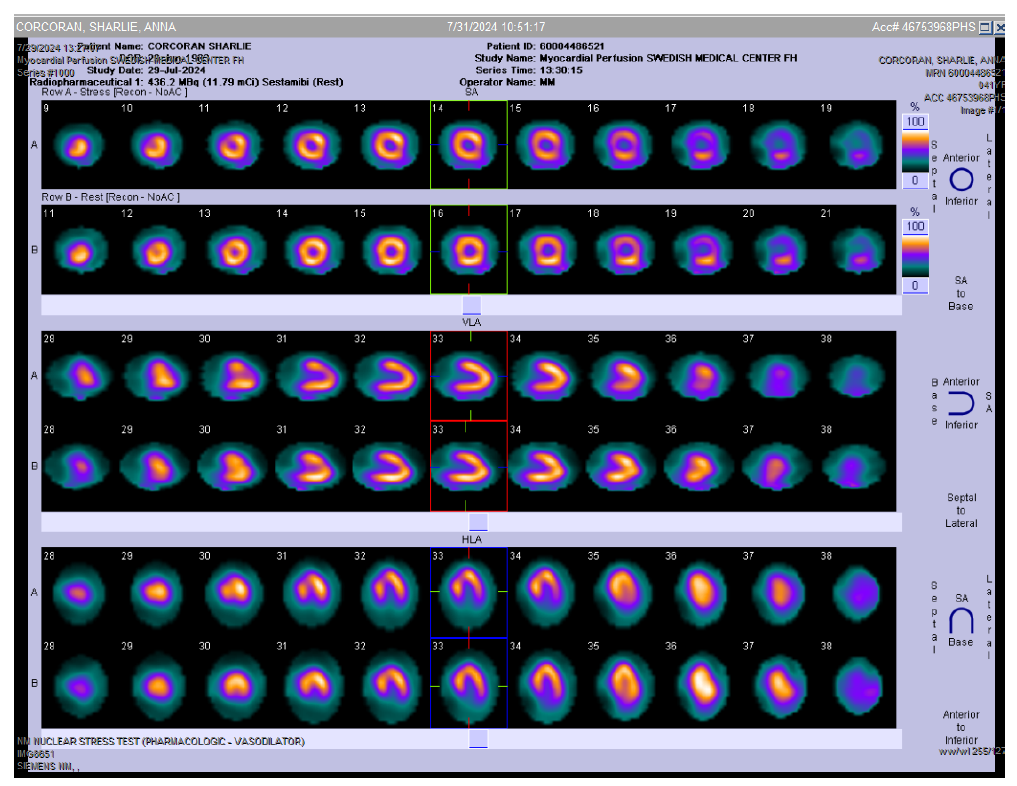August 1, 2024 - MELD
Today was another day filled with information. I explained yesterday that there are two phases to the transplant evaluation process. So far, my transplant team have completed all of phase one and will begin working through phase 2 of the evaluation over the next several days. Phase 2 includes determining the following:
Cardiac Disease
GI Disease
Infectious Disease
Pulmonary Disease
Gender Specific Diseases
Dental clearance
Renal Function
Nutritional Status (Completed)
Metabolic Bone Disease
Psychosocial issues (Completed)
Life-style (Completed)
Family Support (Completed)
Mental Illness (Completed)
As noted on the above list, most of the non-invasive evaluations of phase two occurred yesterday during the psychosocial evaluation.
A couple things that were discussed yesterday during the informational presentation were not only the qualifications to be listed on the transplant registry, but the priority of organ distribution and how it is determined. The priority of organ distribution is as follows:
Status 1A: Sudden onset liver failure, death within 7 days
Blood type match/compatible
Time on the list
Highest MELD Score
MELD (Model for End-Stage Liver Disease)
UNOS Continuous Distribution Score
Medical urgency, post-transplant survival predictions, blood type compatibility, distance from the donor
Recipients who best meet the combination of factors receive the highest priority
Other factors
Pediatric recipients have priority
While all factors played a key role in determining the priority of organ distribution, the Swedish team used the MELD score for my case. The MELD score is used as a predictor of 90-day survival with a score range from 6-40 (+). It is based on lab values of Total Bilirubin, Creatinine, INR and Sodium. It has very strict criteria and needs to be updated daily. Of course, although using the MELD score as a key indicator, the organ must still be compatible with my body makeup and be of matching blood type as well. However, the MELD score will be updated and evaluated daily to make quick determination of priority if a donor becomes available.
In addition to receiving more information, I received the results of my stress test and therefore had a consultation with the Cardiologist to go over the results and discuss next steps. My Echocardiogram was normal with no stenosis or pulmonary hypertension. However, during my stress test, my resting blood pressure was 149/92 with a heart rate of 91. I experienced shortness of breath but it was resolved in 2 minutes. My left ventricular chamber size appeared normal at rest and unchanged at stress and had no perfusion deficits. There was mild severity reversible perfusion deficit at the apical septum and mild severity reversible perfusion deficit mid to basal lateral wall, both more than likely from stress-induced ischemia (reduced blood flow) versus artifact. I had borderline mildly elevated TID ratio (size of the left ventricle) of 1.20 which could reflect multivessel CAD (Coronary Artery Disease).
Because my MPI (Myocardial Perfusion Imaging) was abnormal suggesting ischemia anterapically and basolaterally with a ECG baseline anterolateral repolarization abnormality, they were concerned for CAD. The next prudent step was to transfer me to Swedish Cherry Hill where I would undergo invasive LHC (Left Heart Catheterization) to definitively assess coronary anatomy. If obstructive CAD is found, would prefer to treat with DAPT (Duel Antiplatelet Therapy) but limit long term exposure as able depending on diagnoses.
Great, now I have something wrong with my heart?! When am I going to catch a break?! I was already terrified about getting a liver transplant and now there is a possibility that it might not even be possible. I so desperately wanted my condition to turn around, for me to all of a sudden be better. I begged God, I promised I would do everything right, I promised to take care of this thing called life! I was living on a prayer!
To make matters worse, I started menstruating again. I hadn’t had my period for 3 months now and all of a sudden it was back with a vengeance. Remember, I was on a medication for endometriosis that was specifically designed to reduce the symptoms associated with it, including heavy bleeding! It reduced my heavy bleeding, making it stop entirely, but it also put me in liver failure. The reason I am here in the first place!! In the end, today didn’t go at all as planned but all I could do was wait for the next round of testing and pray, pray a lot!!
Vitals and MELD Score
MELD 3.0: 32 (female), 30 (male) at 8/1/2024 7:02 AM
MELD-Na: 32 at 8/1/2024 7:02 AM
Calculated from:
Serum Creatinine: 1.49 mg/dL at 8/1/2024 7:02 AM
Serum Sodium: 130 mmol/L at 8/1/2024 7:02 AM
Total Bilirubin: 22.0 mg/dL at 8/1/2024 7:02 AM
Serum Albumin: 4.3 g/dL (Using max of 3.5 g/dL) at 8/1/2024 7:02 AM
INR(ratio): 1.8 at 7/31/2024 11:04 AM
Vital Signs:
Temp: 37.3 °C (99.1 °F) BP: (!) 155/97 Pulse: 100 Resp: 19
SpO2: 97 % on 2L/min room air


